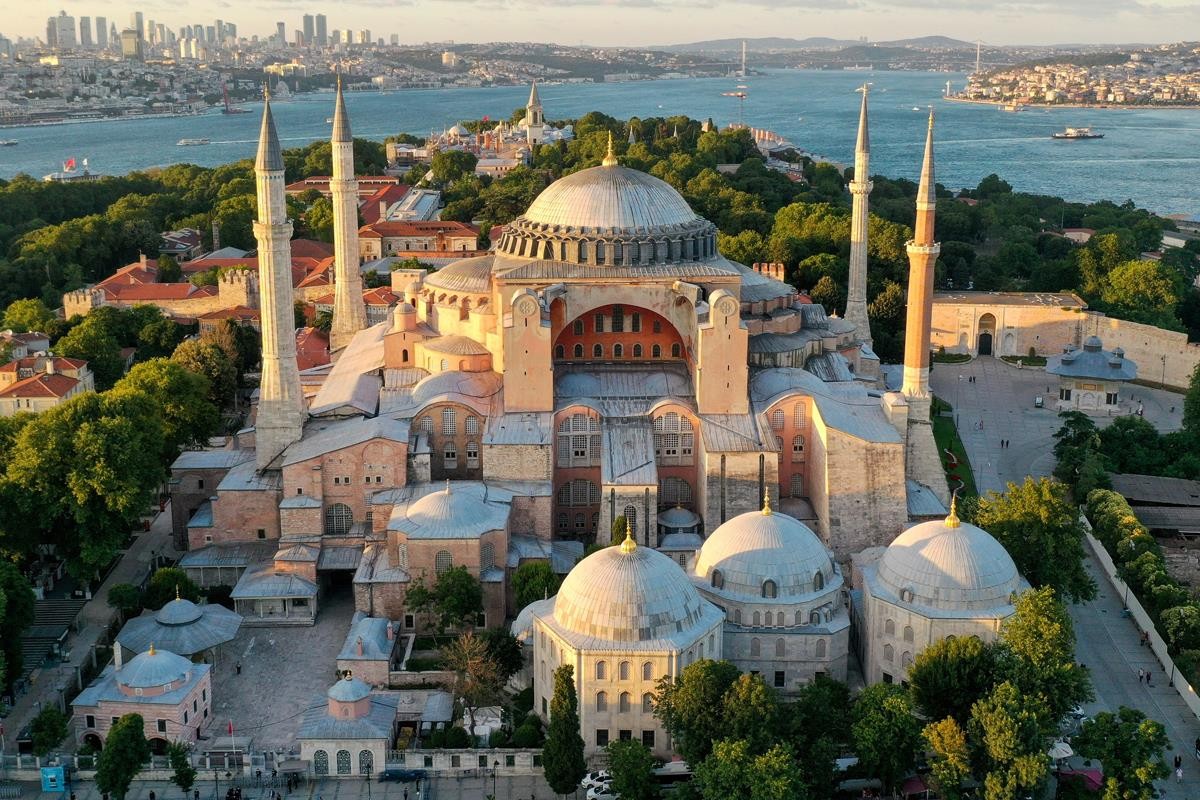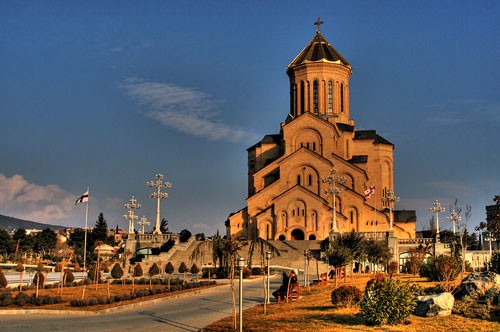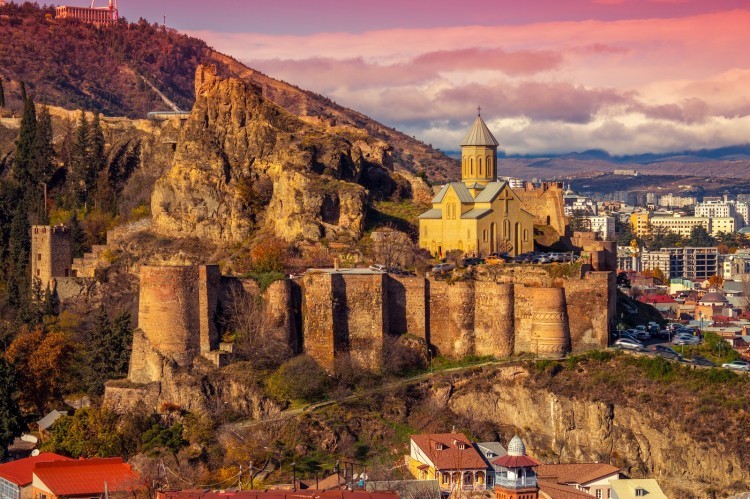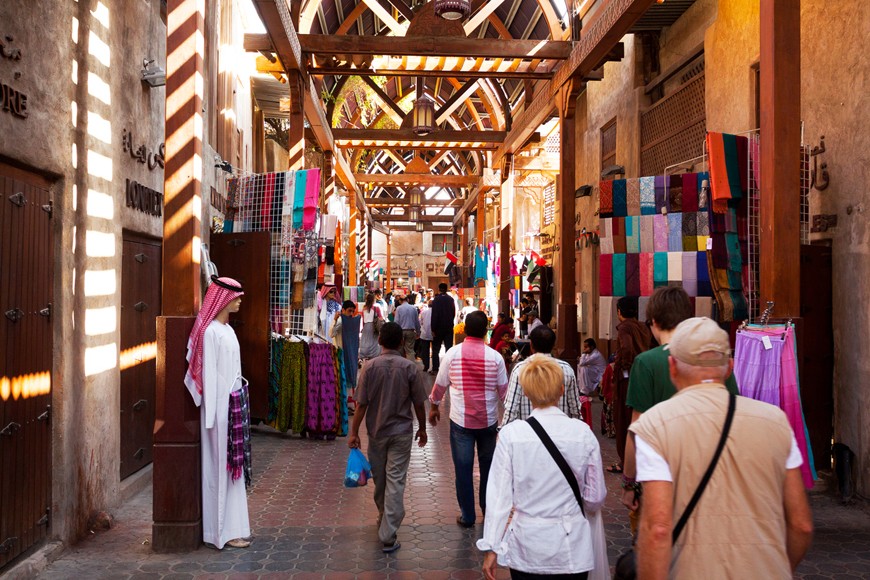Blog Detail
Blog Detail

Hagia Sophia Mosque: A Masterpiece of History, Aesthetics, and Grandeur
Hagia Sophia Mosque: A Masterpiece of History, Aesthetics, and Grandeur
Located in the heart of Istanbul, in Sultanahmet Square, Hagia Sophia is not just a place of worship but also one of the most significant architectural wonders in human history. Despite the changes in its function throughout the Byzantine, Ottoman, and modern Turkish periods, Hagia Sophia has always maintained its grandeur and aesthetic beauty, earning a place as a world heritage site.
The History of Hagia Sophia
Hagia Sophia was built in 537 A.D. by Byzantine Emperor Justinian I as a church. For nearly a thousand years, it held the title of the largest cathedral in the world. After the conquest of Istanbul by the Ottomans in 1453, it was converted into a mosque by Sultan Mehmed the Conqueror and became one of the most revered places of worship in the Islamic world. In 1935, it was turned into a museum, and in 2020, it was reconverted into a mosque.
The Aesthetic Beauty of Hagia Sophia
Hagia Sophia is captivating in terms of both architecture and artistic beauty. Its stunning dome dominates the structure’s center and is considered an engineering marvel of its time. Standing at 55.6 meters high, the dome immediately draws your gaze skyward, creating a sense of infinity. The golden mosaics reflect both Byzantine and Islamic aesthetic influences, producing a mystical atmosphere as light dances across them.
Hagia Sophia presents a unique synthesis of Roman, Byzantine, and Ottoman architecture. Inside, magnificent columns, marble engravings, arches, and elegant geometric patterns catch the eye. The marble floors and walls reveal unique patterns that showcase the artistry in every piece. Especially notable are the mihrab and minbar, which display the elegance of Ottoman architecture. The four minarets added after its conversion to a mosque further emphasize its Islamic identity.
A Symbolof Art and Culture
Hagia Sophia has been a symbol of artistic and cultural heritage for both the Christian and Islamic worlds. The Deesis mosaic, depictions of Jesus Christ, the Virgin Mary, and other Christian figures stand out in the Byzantine frescoes and mosaics. Simultaneously, the Quranic verses added during the mosque era are exemplary pieces of Islamic calligraphy. These diverse religious and artistic elements make Hagia Sophia a true cultural crossroads.
Stepping inside Hagia Sophia, you can feel the deep traces of history and spirituality. Walking under the dome, the serenity of silence pulls you in, while the vastness of the ceiling captivates you. This silence reminds you of the significant roles the structure has played in both Christianity and Islam.
Hagia Sophia is not only an architectural masterpiece but also a treasure of art and culture, bearing the marks of two great civilizations throughout history. With its millennia-old past, the magnificence of its dome, and the aesthetic grace of its interior, it stands as one of Istanbul's most iconic symbols. Offering both a visual and spiritual experience to its visitors, Hagia Sophia continues to defy time as a living witness to history.





